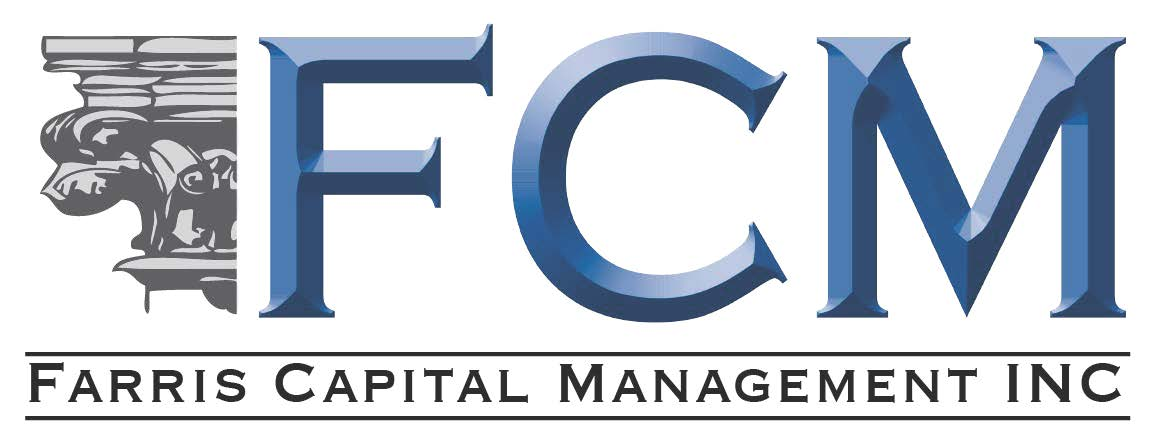
Cliches like “more time in the market is better than trying to time the market” and “the best time to start investing was 20 years ago” are cliches for a reason. The sooner you start saving for retirement the better off you will be because time is one of your most valuable assets. Getting started on a big project or goal is often the hardest part, but whether you’re just starting out or you are worried that you’re behind, the best time to start saving for retirement is now. The following tips will help you get started and boost your savings no matter where you’re at in your financial journey.
Start Today
There is no better time to start saving for retirement than right now. Especially if you are just starting your career, time is one of the biggest assets that you have because of compounding interest. At first most of the growth in your account will come from the contributions, but the goal is that your assets generate earnings that compound and accelerate the growth of your retirement savings and investments.
Let’s look at some numbers. If you started saving $100 a month from age 25 until age 65 and we assume an annual rate of return of 6% the ending balance would be $185,714.36. Of that only $48,000 of it came from contributions and the rest came from compounding interest. Compare that to someone who starts saving $150 a month at age 35 until age 65. Assuming the same 6% rate of return the ending balance, in this case, would be $142,304.74. Of that $54,000 came from contributions.
If you’re behind, don’t panic! Getting started today is still going to benefit you in the long run. We’ll cover the topic of catch-up contributions shortly.
Utilize Your Employer-Sponsored Retirement Plan
Does your employer offer a retirement plan like a 401(k)? If so, are you contributing to it? If not, you should be! Most employers offer retirement savings plans (401(k) or 403(b)) and many of them even have matching contributions up to a certain percentage. Saving through an employer-sponsored plan is efficient and easy because money is deducted straight from your paycheck, so you don’t even have to think about it. It also has the added benefit of reducing your taxable income because contributions are made before income taxes are deducted.
Many employers offer matching contributions up to a certain point. If your employer offers to match your 401(k) contributions make sure you contribute enough to take full advantage of that benefit! For example, an employer may offer to match 50% of employee contributions up to 5% of your salary. If you earn $75,000 and contribute $3,750 to your retirement plan, your employer will contribute an additional $1,875. That’s free money!
Contribute to an IRA
In addition to your employer’s 401(k) plan contributing to an IRA is another effective way to save additional funds for retirement. IRA stands for Individual Retirement Account, and they can be funded with either pre-tax dollars in a traditional IRA or with after-tax dollars in a Roth IRA. The biggest benefit to a Roth IRA is that any potential earnings are tax-free because it was funded with after-tax dollars. The current contribution limit to an IRA is $6,000, and an easy way to max it out is to make monthly contributions part of the budget ($500).
Some people think that IRAs are magical retirement savings accounts that grow just because you put money in there. It may be obvious, but for money in an IRA to grow it needs to be invested in the market. If you’re contributing to your employer’s 401(k) this gives you the potential for additional investment options which increases diversification.
Take Advantage of Catch-Up Contributions if Needed
Are you behind the ball when it comes to saving for retirement? If so, don’t panic. Annual contributions to IRAs and 401(k)s have a limit, but the good news is that individuals 50 and up are eligible for catch-up contributions. Catch-up contributions allow you to boost retirement savings by saving additional funds over the standard cap. The current contribution limit in a 401(k) is $20,500 and the catch-up contribution provision allows for an additional contribution of $6,500. The current contribution limit in an IRA is $6,000 and the catch-up contribution provision allows for an additional contribution of $1,000.
Automate Your Contributions
We know saving for retirement isn’t always the most fun thing in the world, but it gets easier if you make it part of the monthly budget. One of the benefits of saving in a 401(k) is that it is automatically deducted, so you don’t have to think about it. Making your IRA contributions automated each month helps prioritize savings and is a good way to make sure you stay on track.
Re-Evaluate Your Budget
How many streaming services are you paying for that you forgot about? When was the last time you reviewed your home and auto insurance rates? There are a thousand ways to save money, and while it may seem like just a few dollars here and there those extra dollars have the potential to add up when growing in a retirement investment account. If you’ve got extra money at the end of the month, put that money to work rather than spending it or letting it sit in a traditional bank savings account where it is earning next to no interest.
Set a Goal
How much do you really need for retirement? What do you want to do with your retirement? Understanding how much you may need to retire, and what you want to spend is helpful to know and it gives you a guideline on why you’re saving. Setting a savings goal with measurable benchmarks is a rewarding way to plan for the future. We’ve all heard that a goal without a plan is just a wish, but your retirement deserves to be more than just a dream.
Talk to a Financial Professional
Utilizing the knowledge and skill of a financial planner or financial advisor can help in creating and achieving your retirement goals. Whether retirement is just a few years away or if you are in the early years of your career, planning early and often will help ensure that you are on track to achieve your financial goals. If you’re interested in learning more about what you need to be doing to plan for retirement, we would love to get connected! Schedule a time to chat below.

Stay In Touch